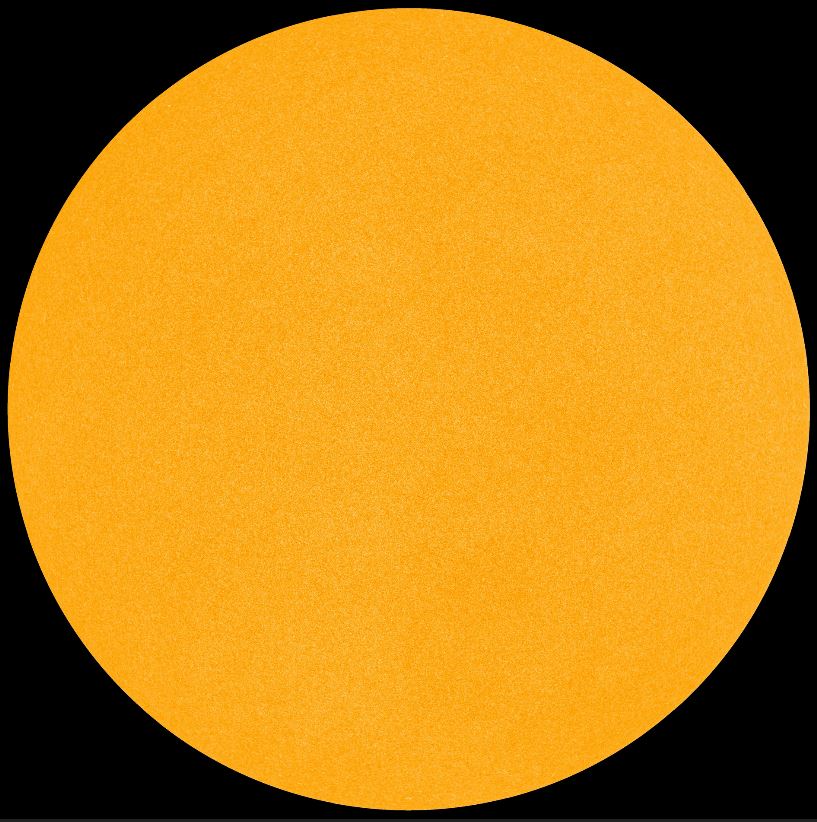Unfortunately, this is not news to brighten your day. According to Spaceweather.com, sunspots are disappearing faster than expected:
Sunspots are becoming scarce. Very scarce. So far in 2018 the sun has been blank almost 60% of the time, with whole weeks going by without sunspots. Today’s sun, shown here in an image [above] from NASA’s Solar Dynamics Observatory, is typical of the featureless solar disk.
The fact that sunspots are vanishing comes as no surprise. Forecasters have been saying for years that this would happen as the current solar cycle (“solar cycle 24”) comes to an end. The surprise is how fast.
“Solar cycle 24 is declining more quickly than forecast,” stated NOAA’s Space Weather Prediction Center on April 26th. This plot shows observed sunspot numbers in blue vs. the official forecast in red:
“The smoothed, predicted sunspot number for April-May 2018 is about 15,” says NOAA. “However, the actual monthly values have been lower.”
Continue reading the full story at Spaceweather.com.
I will be very happy to see sunspot numbers rise again–they eventually will, of course. I’ve almost forgotten what a proper band opening feels like.


Oh Thomas! Really?
It’s not all doom-and-gloom, you know! The low-frequency part of the SW spectrum is proving very good value at the moment. And the mediumwave guys are telling me that there’s plenty of DX to be had in that part of the RF spectrum.
And yesterday, I had some FT8 success!
From southeastern Australia on a dipole with 5w getting into Plymouth, Minnesota on 14mHz in the mid-afternoon here. Not bad at all for the bottom of the sunspot cycle!! Thanks for the contact, Hans K0HB!
On the seasonal upside, E skip season seems to have begun. I’ve been both observing and calling CQ on the 6 meter FT8 watering hole at 50.313 MHz. In the past day I’ve worked Bermuda and out to Missouri. So there’s something to hold my DX interest there.
73,
Dan K2DLS